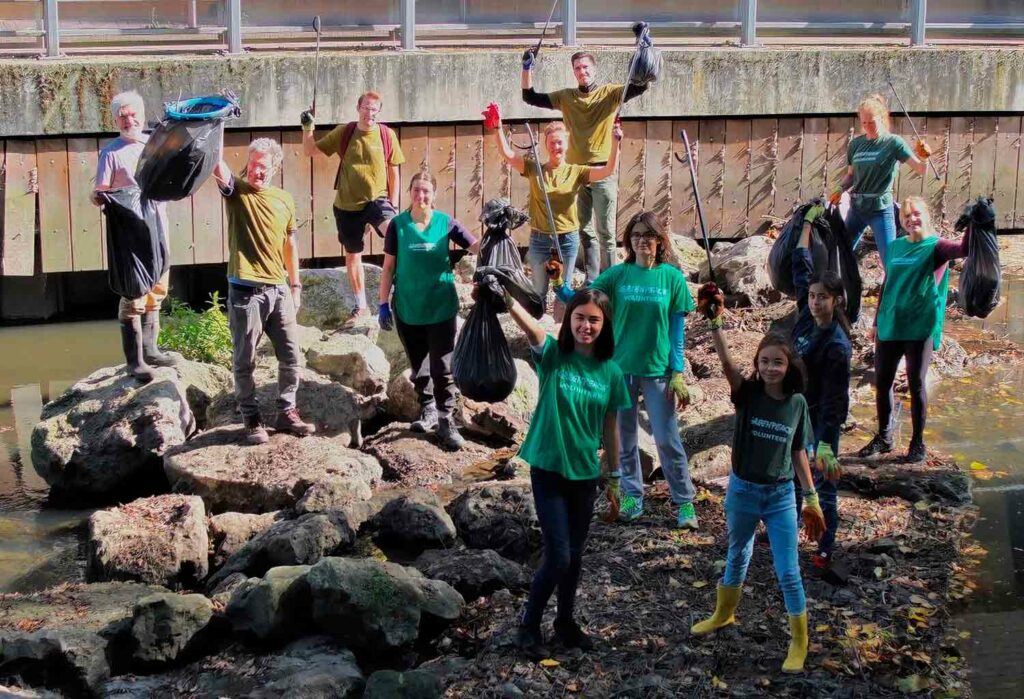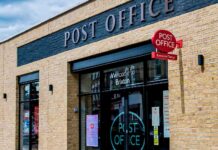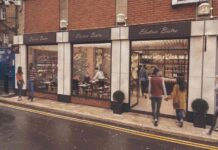
Two local parliamentary constituencies have the highest concentrations of “nature pollution” hotspots in the country, according to Friends of the Earth.
Dulwich and West Norwood, which includes central Brixton, is number 8 on the list and Vauxhall and Camberwell Green is at number 4.
The worst constituency is Chelsea and Fulham.
Friends of the Earth said pollution hotspots are areas where air, water, noise and light pollution levels all exceed safe thresholds for wildlife.
It has created an interactive map to show the hotspots.
They are areas experiencing damaging levels of pollution including:
- Waterways where raw sewage was dumped for over 336 hours in 2023 or where the ecological health is rated “bad” or “poor”;
- Air pollution levels that exceed World Health Organisation guidelines;
- Artificial light and intrusive noise that disrupt wildlife.
The Lambeth-based organisation said the map underlines how England is one of the most nature-depleted countries in the world, with nearly one in six species facing extinction here.
It said species which need of a healthy environment – such as otters, the aquatic birds dippers, Atlantic salmon, and mayflies – have little protection against the raw sewage, toxic chemicals and slurry being pumped into their habitats over 1,000 times a day in some of the worst affected areas.
Excessive nutrients from the sewage have made algal blooms rampant, sucking the oxygen out of the water and quite literally choking fish and other wildlife.
Noise pollution affects the ability of more than 109 species, including birds, mammals, reptiles, amphibians, fish, arthropods, and molluscs, to communicate and forage for food.
Impacts can include biodiversity loss, reductions in wildlife populations sizes, altered vocal behaviour, such as increasing bird song volume to compete with urban soundscapes.
Light pollution impacts nocturnal creatures, like bats and moths. Most bat species avoid well-lit areas, but this is becoming increasingly difficult as artificial light from homes, businesses, and roads, even in rural areas, encroaches further into their habitats.
Four of the 11 mammals native to Britain at imminent risk of extinction are bat species. Artificial lighting can also confuse bird migration routes, lowering their chances of success, survival and reproduction.
Air pollution is a huge threat to wildlife, particularly pollinators that are vital for food production.
Native plant life is particularly susceptible to nitrogen overload from air pollution, threatening at least two-thirds of species. Noxious fumes from air pollution can reduce honeybees’ ability to recognise scent by up to 90% from only a few metres away, making it near-impossible to follow the trails of flowers.
“Whether through the risk of sewage infested waterways, breathing toxic levels of air pollution or witnessing the degradation of our beautiful countryside and loss of wildlife, pollution impacts people as well as nature,” said Friends of the Earth.
“There are only three rivers in England designated as bathing waters that are safe enough to be swum in, and even these have merely “poor” water quality status.”
Friends of the Earth is calling for the right to a healthy environment to be enshrined in a new Environmental Rights Act which would empower communities to hold regulators and public bodies to account to reduce the multiple layers of pollution affecting their areas to better protect wildlife and people.
More on the Friends of the Earth report
Environmental campaigners clear litter from the Ravensbourne river in South London






